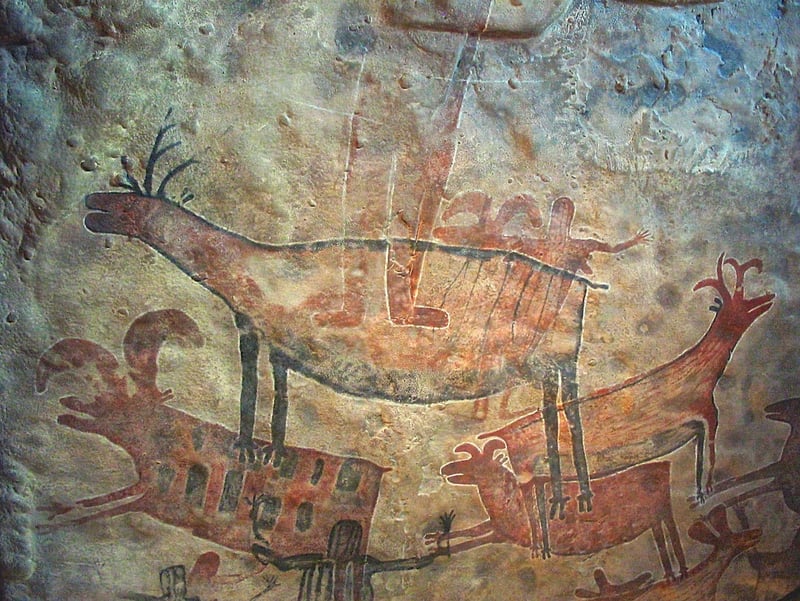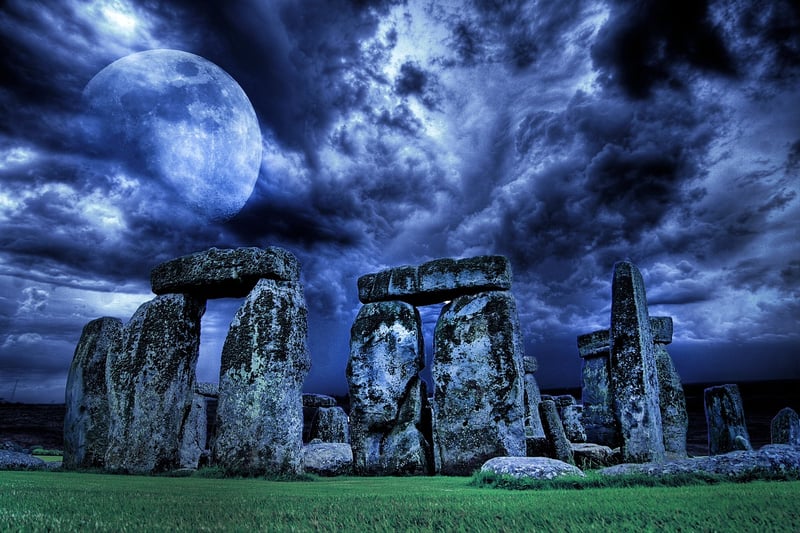Prehistoric Ages
Exploring Historical Changes through the Prehistoric Ages
Understanding the prehistoric ages is crucial for comprehending the historical changes that have shaped our world today. These periods, spanning from millions of years ago to the emergence of civilizations, provide valuable insights into the development of human societies, culture, and technology.
The Paleolithic Era
The Paleolithic era, also known as the Old Stone Age, is characterized by the use of simple stone tools by early human populations. This period, starting around 2.6 million years ago and ending about 12,000 years ago, saw significant advancements in tool-making, hunting techniques, and the development of early forms of art.

The Mesolithic Era
The Mesolithic era, following the Paleolithic period, marked a transition towards more sophisticated tools and the beginning of agriculture. This era, spanning from around 12,000 to 10,000 years ago, witnessed the domestication of plants and animals, leading to settled communities and the establishment of early social structures.

The Neolithic Era
The Neolithic era, also known as the New Stone Age, brought about significant advancements in agriculture, pottery, and the development of permanent settlements. Lasting from around 10,000 to 4,500 years ago, this period laid the foundation for complex societies, trade networks, and the rise of early civilizations.

Key Takeaways
- The prehistoric ages represent crucial stages in the evolution of human societies.
- Advancements in tool-making, agriculture, and social organization during these periods laid the groundwork for future developments.
- Studying the prehistoric ages helps us understand the origins of various aspects of modern civilization.
By delving into the prehistoric ages, we can unravel the mysteries of our past and gain a deeper appreciation for the historical changes that have led us to where we are today.
